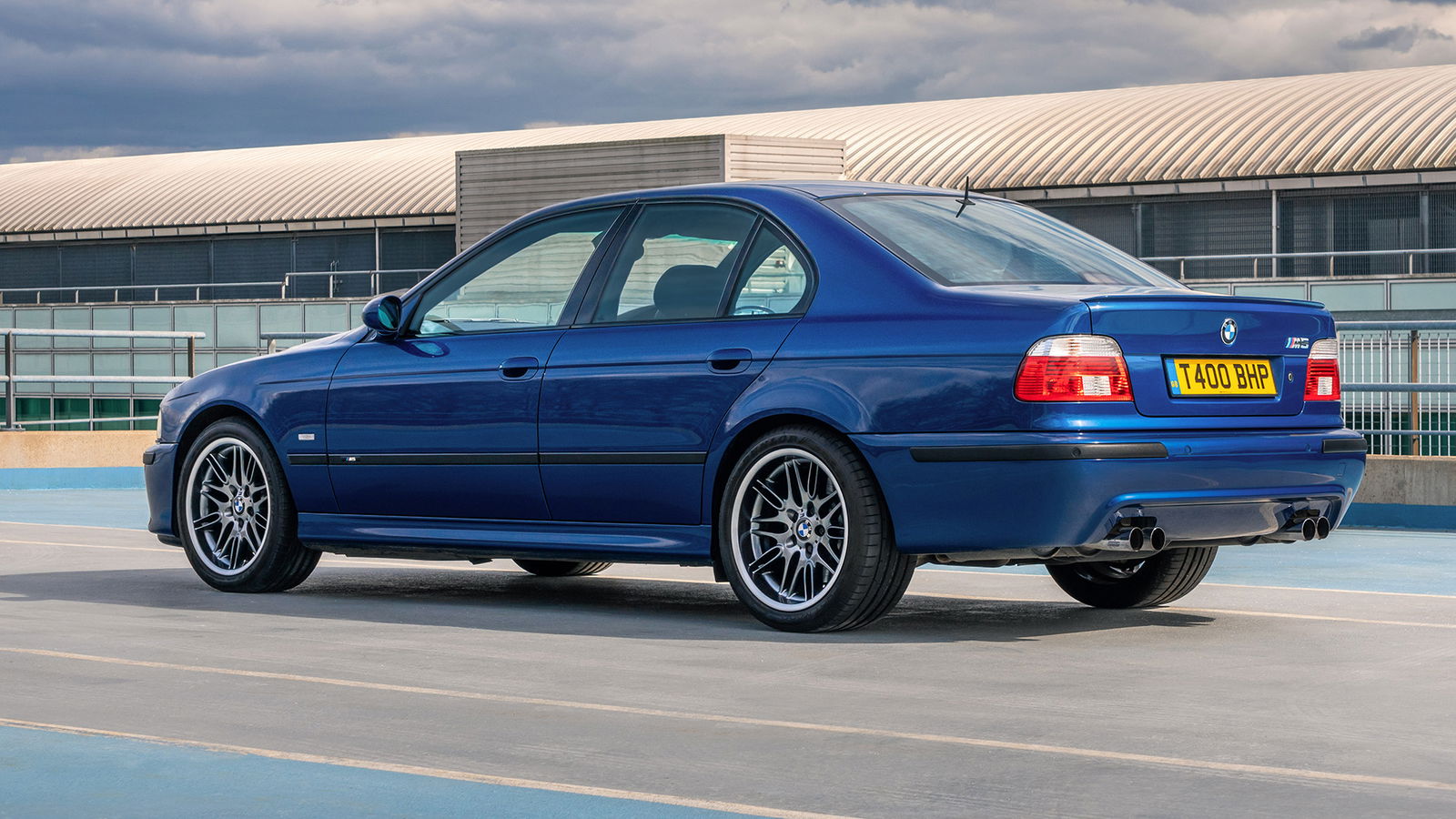5 Of The Lowest Displacement V8 Cars Ever Made

Usually when you hear ‘there’s no replacement for displacement’, it’s from someone with a 6- or 7-litre V8 muscle car with about 15 horsepower-per-litre. It’s the configuration of engine, particularly those from America, most associated with gigantic capacities.
However, not all V8s are equal and it may surprise you to learn there’s plenty made over the years with barely 2,000cc. We’ve picked out a handful of the tiniest V8s ever to make production.
Italian tax-dodging specials

If we really wanted to, we could make this whole feature a list of 2.0-litre Italian market V8s that you’ve never heard of. To save you the boredom of reading the same thing (and us from writing it) over and over, we’re lumping them all together.
You see, in the ‘70s and ‘80s, the Italian tax man would take a whopping 35 per cent tax on any car with an engine over 2,000cc in capacity – leaving a country full of big-engined sports car manufacturers with a dilemma for its homegrown customers.
The solution for many was to offer entry-level versions of existing cars to keep its less-wealthy buyers on the books. Ferrari’s 208 GTB is perhaps the most famous – offering just 155bhp from a 2.0-litre V8 (a turbocharged 220bhp version arrived later as Ferrari’s first turbo car) – but others included the Lamborghini Urraco.
Ford Pilot

For a good couple of decades from the ‘30s to the ‘50s, the Ford flathead V8 was pretty much the de facto engine in nearly every car it produced. Available in various configurations, it went on to become a hot-rodding staple in its biggest capacities.
On the other end of the scale though, it was possible to have a 2.2-litre version of the unit which proved particularly popular for Ford’s European cars, one of those being the UK-built Pilot. Produced from 1947-51, it was available as a saloon, estate or even a pick-up in Australia. With a whopping 60bhp, it was woefully underpowered – eventually being replaced with an 85bhp 3.6-litre unit.
Tatra 603

Normally when you think of a car from Czechia, your mind would wander to a sensible, no-thrills offering from Skoda. What you perhaps wouldn’t think of is a rear-engine, V8 luxury saloon.
Built from 1956 to 1974, the Tatra 603 was a product from communist Czechoslovakia during its time as a satellite state for the Soviet Union. The streamliner was the most luxurious car the manufacturer produced, and as a result, available only to high-ranking officials and some lucky factory owners in the country with a few exported too. Some even found a home as unlikely rally cars.
Initially, the 603 was offered with an air-cooled 2,545cc V8 which was later replaced with an even smaller 2,474cc unit.
Daimler 250

We’ll point this out now for those of you who may not have a weird niche knowledge of British car manufacturing stored in your brains – we’re not talking about Daimler as in Mercedes-Benz, with British Daimler a whole separate thing (and long since folded into Jaguar).
The Daimler 250 was the first car from the manufacturer to be based on a Jaguar platform – the Mark 2 specifically – although it used the firm’s own-developed 2.5-litre V8. The idea being it was a more luxurious version of the already quite plush Jag. What did your eight-cylinders get you? 142bhp. Phwoar.
Alfa Romeo 33 Stradale

Although there are many an Italian car with a 2.0-litre V8 for tax purposes, here’s one that just had one because it was the most suitable option.
The Alfa Romeo 33 Stradale was built in mind as a race car, although with some road-legal versions built. Its 1,995cc V8 was effectively a downsized version of the 2.6-litre found in the Montreal, and using a flat plane crank in place of a cross-plane. Road-going versions would have 227bhp on tap, although this could rise to as much as 266bhp in race trim.
Thanks to the slippery bodywork and low weight, the 33 Stradale could crack 0-62mph in under six seconds and go on to a 168mph top speed. Not bad for a car wearing licence plates in 1968.



Comments